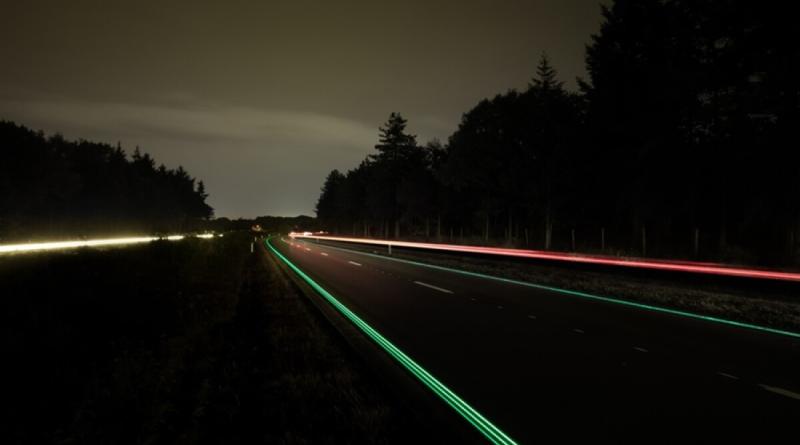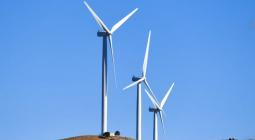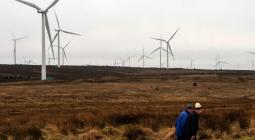“Invisible Energy Highways” Could Usher In A New Era Of Shared Power

Undersea electricity cables could become increasingly common as governments drive their energy strategies towards renewables. As countries develop their wind and solar power industries, there will be a greater incentive to build undersea cables that can promote power-sharing across regions.
The first of many new major cables is set to be built between the U.K. and Germany at an anticipated cost of $1.95 billion. The NeuConnect project will allow for 1.4 GW of electricity to go to and from the two countries through subsea cables covering a distance of over 450 miles. The project has been dubbed an “invisible energy highway”, allowing for power-sharing across the U.K. and Germany. The cable will run from the Isle of Grain in Kent in England with the German region of Wilhelmshaven, crossing British, Dutch, and German waters. Once constructed, it could provide power for up to 1.5 million homes.
The approved contracts include work on the cables and converter stations, with both Siemens and Prysmian winning contracts for work on the project. Siemens will supply a high-voltage direct current (HVDC) transmission system, while Italian cable manufacturer, the Prysmian Group, will manage the design, manufacture, installation, testing, and commissioning of the NeuConnect Interconnector.
Construction is expected to start this year, allowing for the U.K. to “tap into the vast energy infrastructure in Germany, including its significant renewable energy sources.” In addition, “the new link with Britain will help ease current bottlenecks where wind turbines are frequently powered-down due to an excess of renewable energy being created.”
Tim Holt, from the Siemens Energy board, explains the project, “if we want to achieve the switch to renewable energy quickly, safely, and affordably, we can no longer afford to have to curtail wind energy due to grid bottlenecks and have to cover demand elsewhere with fossil-based power generation." Further, “The electricity connection between Germany and Great Britain represents the increasing integration of the European electricity market. Efficient and cross-border electricity connections unite the countries in their efforts to decarbonize. They are the perfect example that we can only achieve the energy transition together.”
The NeuConnect consortium, led by Meridiam, Kansai Electric Power, and Allianz Capital Partners, has been discussing the development for some time but sanctions on Russia have driven European governments to seek alternative energy sources much more rapidly. As well as looking for alternative oil and gas supplies, several governments are strategizing over how to accelerate their renewable energy projects, and are even discussing increasing nuclear capacity for the first time in years.
However, this is not the first undersea cable to be approved in Europe, with operations beginning, last year, on a giant undersea cable expected to link the U.K. with Norway. Measuring 450 miles, the $1.86 billion North Sea Link (NSL) is a joint venture between Britain’s National Grid and Norway’s Statnett.
The two countries want to share Norway’s hydropower and the U.K.’s wind energy resources, allowing each of them to optimize output to meet demand. The National Grid explained, “When demand is high in Britain and there is low wind generation, hydropower can be imported from Norway.”
Both the U.K. and Norway are big oil and gas players. But Norway says that its electricity is sourced from 98 percent renewable energy output, mainly hydropower. Meanwhile, in the U.K., Prime Minister Boris Johnson has stated the aim for 100 percent of Britain’s electricity to come from renewable sources by 2035.
And plans for subsea cables are not only being made in Europe but are extending across different continents. Last year, Greece and Egypt announced that they were in talks about a potential 2 GW submarine interconnector running across the Mediterranean Sea to link the countries’ grid systems.
This would be the first of its kind to link Europe with Africa, showing the huge potential for greater inter-regional connectivity. And Greece is also embracing plans for a EuroAsia Interconnector, which would run from Israel to the Greek mainland through Cyprus.
When completed, the cable will measure 1,500km and transport between 1 GW and 2 GW of electricity between the regions, connecting power grids across Israel, Cyprus, and Greece. Although early predictions expected the cable to be completed by 2022, new estimates suggest it will be finished in 2024, at a cost of almost $823 million. Funding will come partially from the EU and will support ending Cyprus’ energy isolation.
While several of these projects are in their infancy, with an increased need for greater energy security across Europe and the rest of the world, we can expect to see the acceleration of renewable energy and related projects over the coming years. Governments around the globe have quickly come to realize their dependency on Russia for oil and gas, leading them to seek out alternative sources as well as to invest more heavily and rapidly in establishing renewable energy projects.
By Felicity Bradstock for Oilprice.com
This story originally appeared on Oilprice.com




